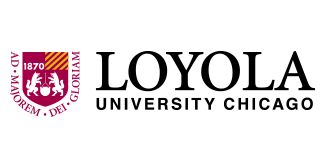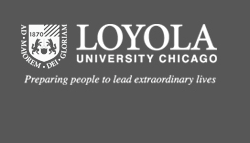Date of Award
12-12-2023
Degree Type
Dissertation
Degree Name
Doctor of Philosophy (PhD)
Department
Molecular and Cellular Biochemistry Program
First Advisor
Jordan Beach
Abstract
Non-muscle myosin 2 is a motor protein that, when assembled into filaments, works on the actin cytoskeleton to produce contractile forces within cells. This type of myosin dynamically assembles within cells to exert forces necessary for a wide variety of functions including cell division, migration, and multicellular movement. The ability to dynamically assemble contractile networks, and the ability to control the assembly and placement of these myosin filaments in both space and time, is therefore required throughout cell physiology. We used a suite of dynamic, quantitative imaging approaches to identify deterministic factors that drive myosin filament appearance and amplification as well as characterize novel movement of assembled myosin filaments. We found that actin dynamics regulate myosin assembly - particularly that remodeling of actin networks, not architecture, modulates the local myosin monomer levels and facilitates assembly through myosin:myosin driven interactions. Using optogenetically controlled myosin, we demonstrate that locally concentrating myosin is sufficient to both form filaments and jump-start filament amplification and partitioning. By counting myosin monomers within filaments, we demonstrate a myosin-facilitated assembly process that establishes sub-resolution filament stacks prior to partitioning into clusters that feed higher-order networks. Additionally, we report novel in vivo observations of processive myosin filament movements in cells, similar to known cargo trafficking motors. Together these findings establish biophysical mechanisms regulating the assembly of non-muscle contractile structures that are ubiquitous throughout cell biology. This work also invites future research into mechanisms of myosin monomer crowding to drive contractility during myriad biological processes.
Recommended Citation
Quintanilla, Melissa Ann, "Quantifying Non-Muscle Myosin 2 Filament Dynamics" (2023). Dissertations. 4070.
https://ecommons.luc.edu/luc_diss/4070


